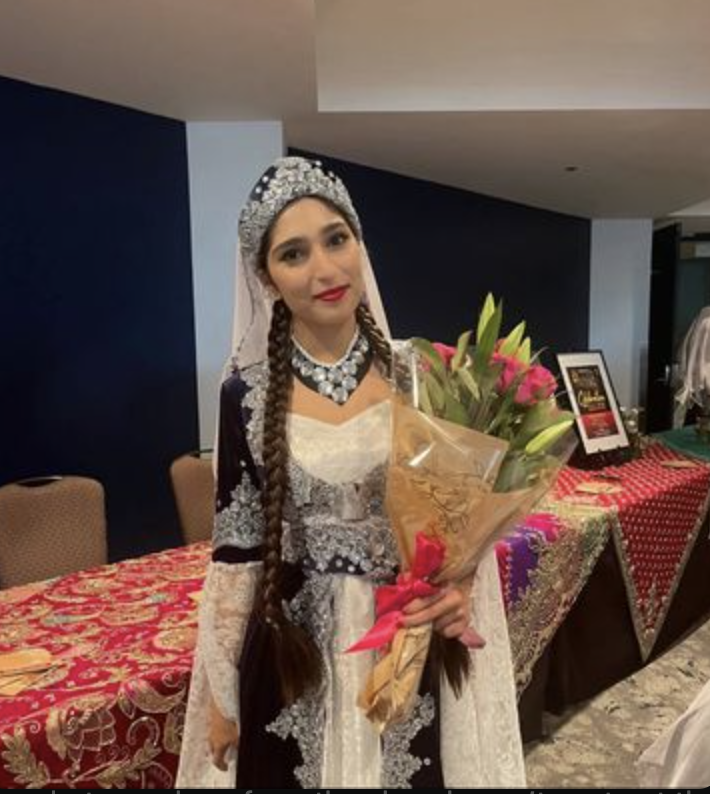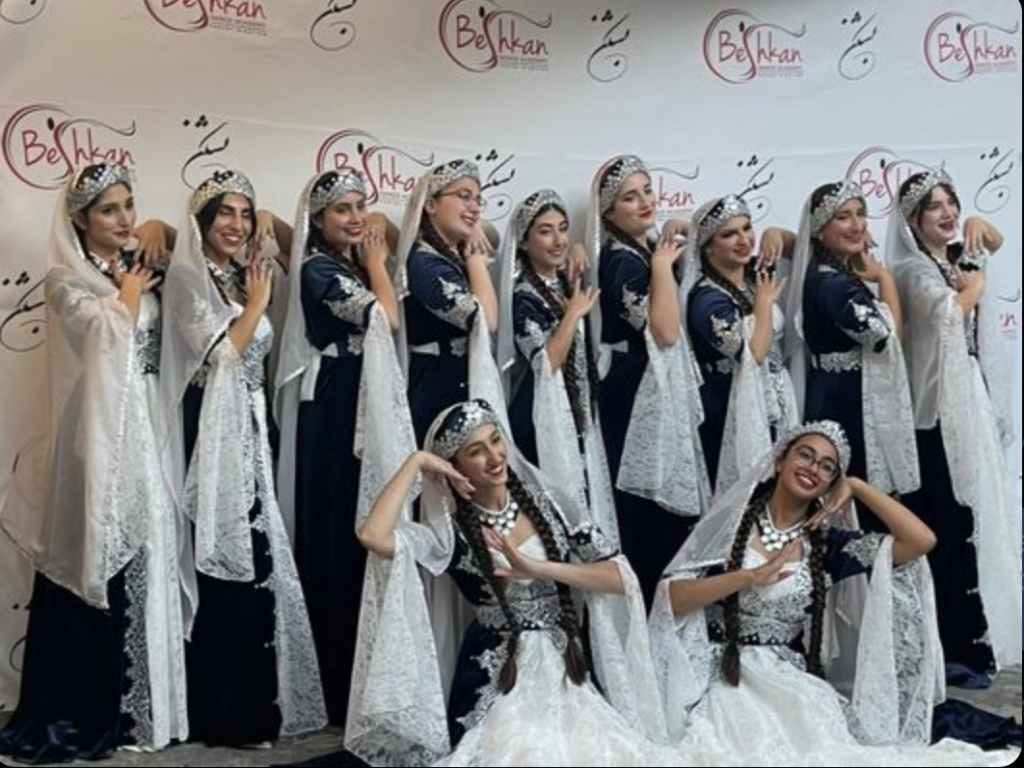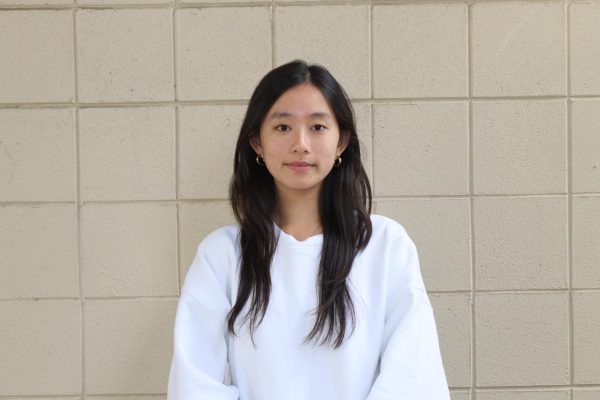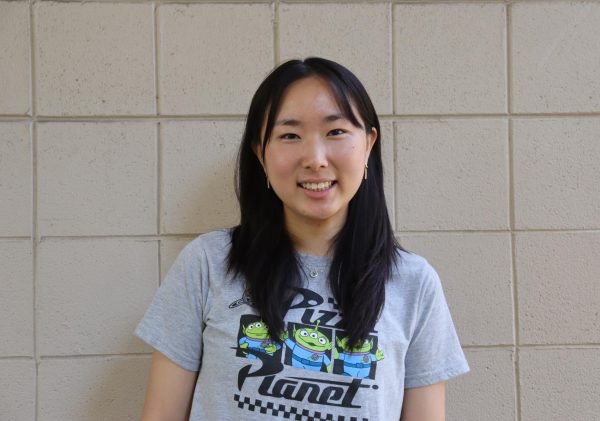Last March, senior Sahar Noor visited Vasona Lake County Park to attend the Nowruz Festival, a traditional Persian festival to celebrate the new year. She gazed in awe at the intense colors of the dancers’ gold-adorned dresses. The steady rhythm of drums, wind instruments and a mixture of classical and upbeat traditional music boomed throughout the festival, bringing a smile to her face.
Growing up, Noor attended a variety of traditional Persian festivals and events in her community, such as the Nowruz festival.
In 7th grade, she decided to pursue Persian dancing and tap further into her culture. She was inspired by when she watched her friend — current Mountain View High senior Ava Niknafs — in a classical Persian dance performance. While admiring the dancers’ jeweled headpiece veils and long velvet gowns with draped sleeves, Noor recalled feeling drawn to the vibrant colors and patterns of the traditional apparel.
“They don’t wear this type of clothing anymore in Iran,” Noor said. “It [the clothing] was more historic so it’s intriguing to see my culture from a different perspective that I can’t really see normally in America.”
Noor began taking lessons at Beshkan Dance Academy located in San Jose, which is owned by her close family friends. Noor immediately fell in love with the dance studio because of the close-knit, family-like community.
“I felt really close to and welcomed by the people around me,” Noor said. “Most importantly I felt like I was a part of my culture because I never visited Iran before and it was kind of a way to open myself and immerse myself in Persian culture”

Courtesy of Sahar Noor
Senior Sahar Noor holds a bouquet of flowers for one of her Persian dance performances.
Persian dance includes a variety of different styles such as Bandari, Ghassemabadi and Qashqai. All are chain dances that are typically performed in circular groups. Bandari often includes a dancer stepping in the middle of a circular dancing group to perform a mini solo and typically emphasizes head movement. Both Ghasemabadi and Qashqai imitate agricultural work such as women harvesting crops and are performed with colorful layered skirts that flare while dancing in circular groups.
“My favorite style is Bandari because it’s very upbeat and energetic and it’s very fun for both the crowd and the dancers,” Noor said.
Noor’s dance lessons typically start off with light stretching in order to prevent injuries and improve flexibility. She believes that stretching is particularly important because it helps with the flow of certain dance techniques. For example, the head movement in Bandari and the movement in Azari, a dance style that requires the performer to dance on their toes.
Noor had to stop dance lessons during the COVID-19 pandemic but restarted last summer. She often performs at Persian festivals held at parks or theaters and special events such as the 20th anniversary of her dance studio in October.
Aside from the cultural experience, Noor is thankful for all the friendships she’s created in her dance community. Noor believes that dancing helped her handle college application stress. Looking to the future, she plans on continuing Persian dance even after she graduates high school in order to stay connected with those in her Persian community and learn more dance styles.
“It’s just a fun way to relieve stress including the fact that I’ve gained a lot of friends and connections from other schools that I wouldn’t have had if I didn’t join,” Noor said. “Before, I didn’t really know anyone in this area that was Persian and my age, but through dance, I was able to become close to Persian people nearby like from Homestead or San Jose State and we even hang out outside of class.”





























